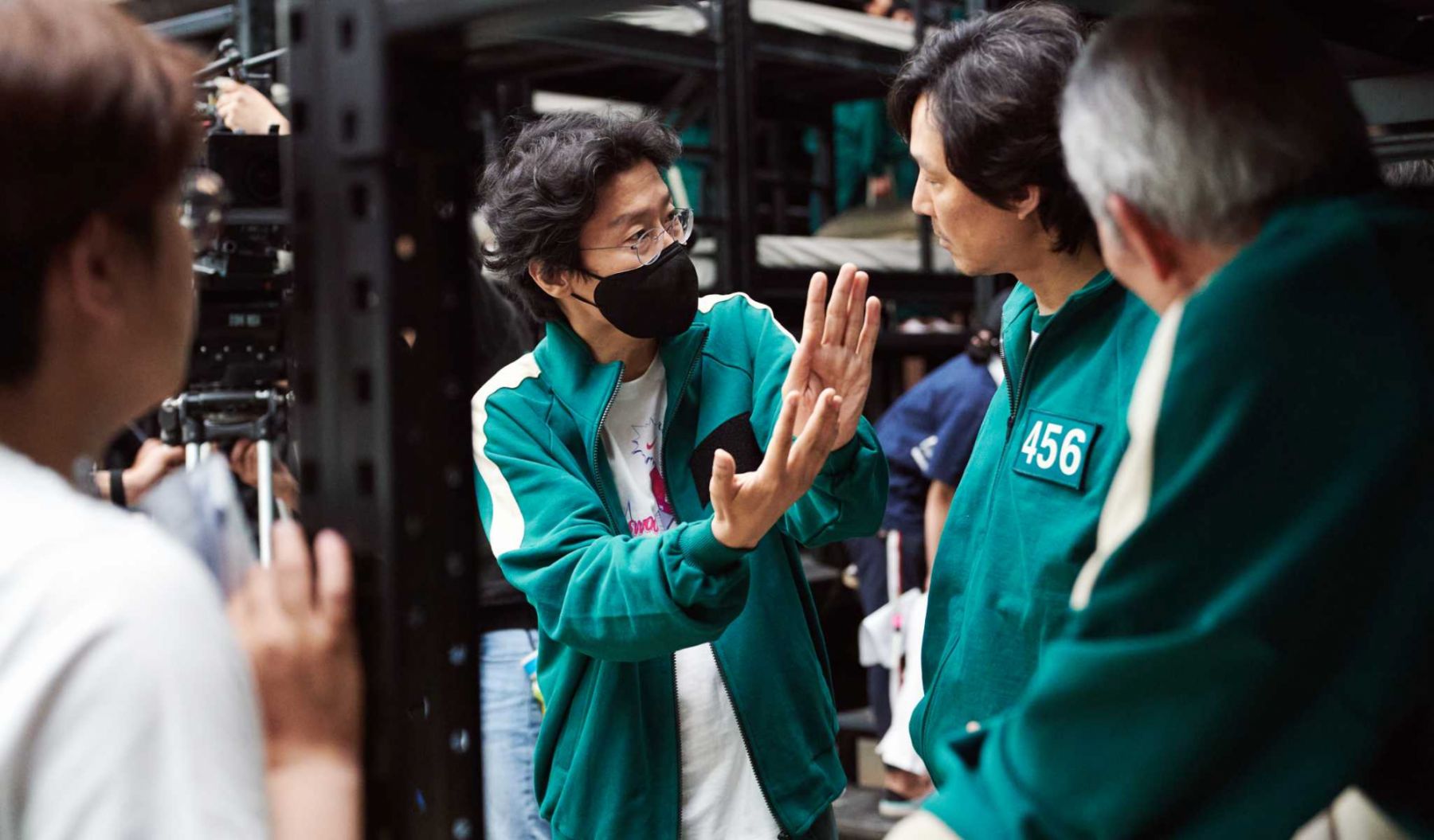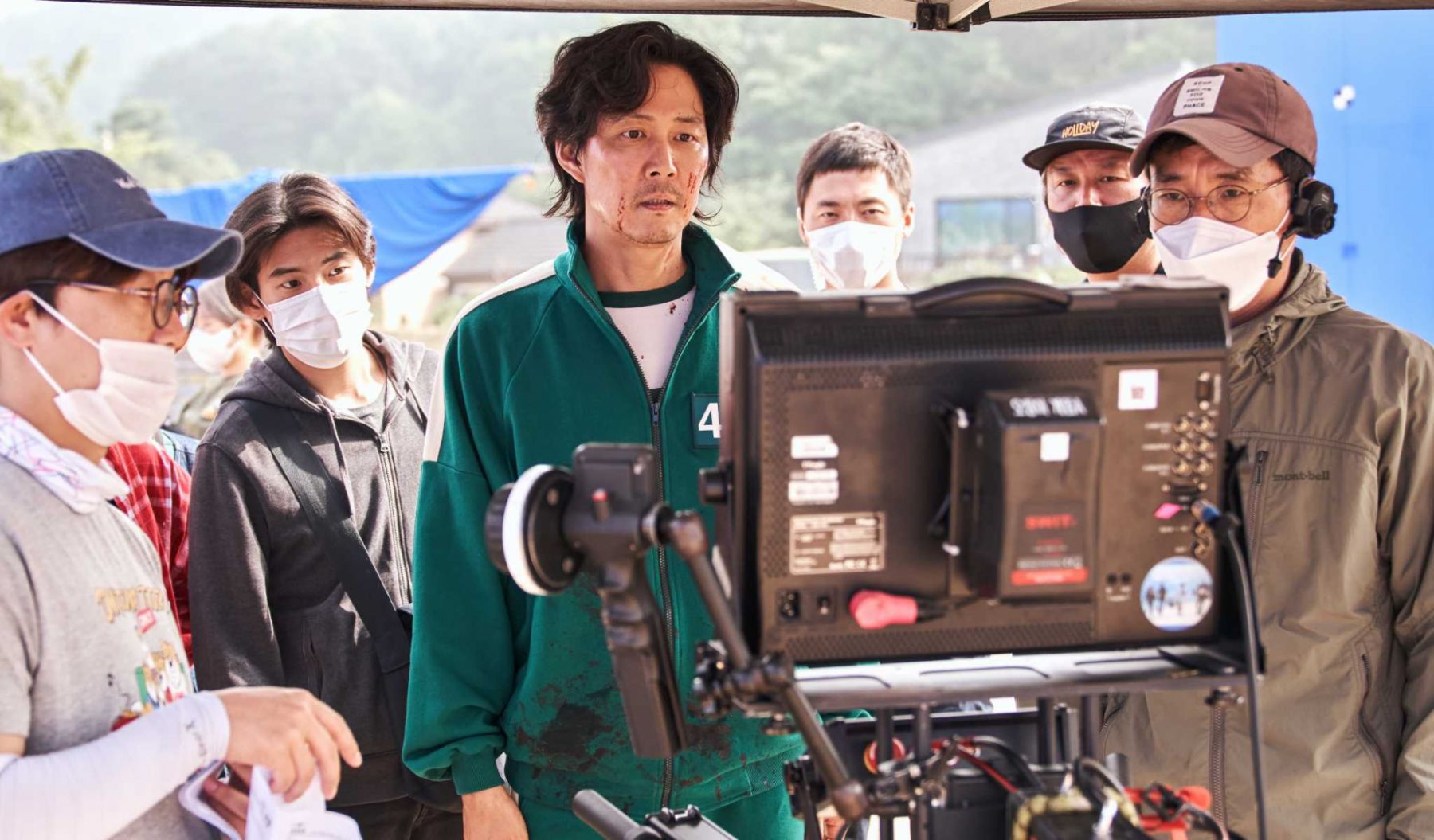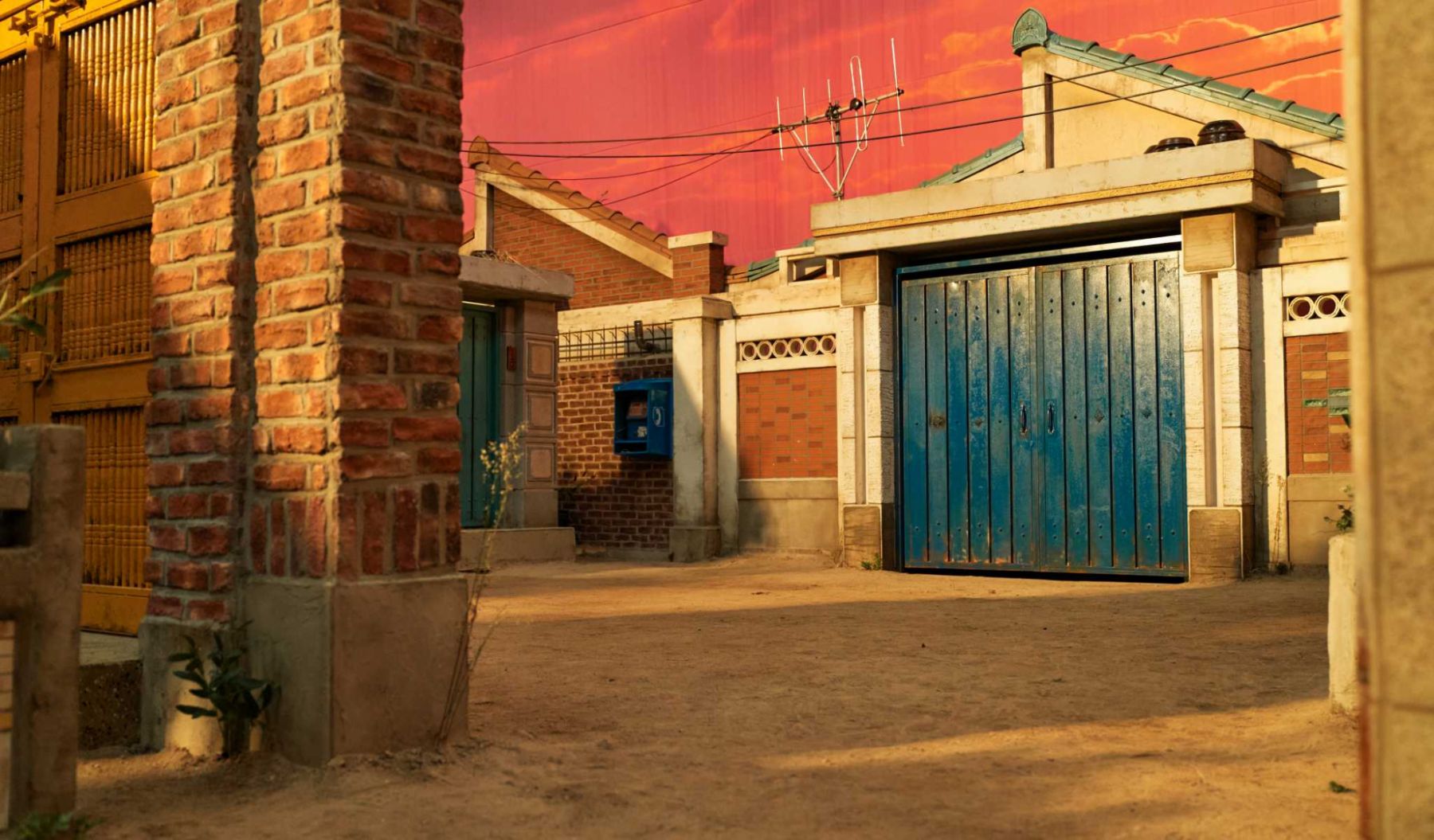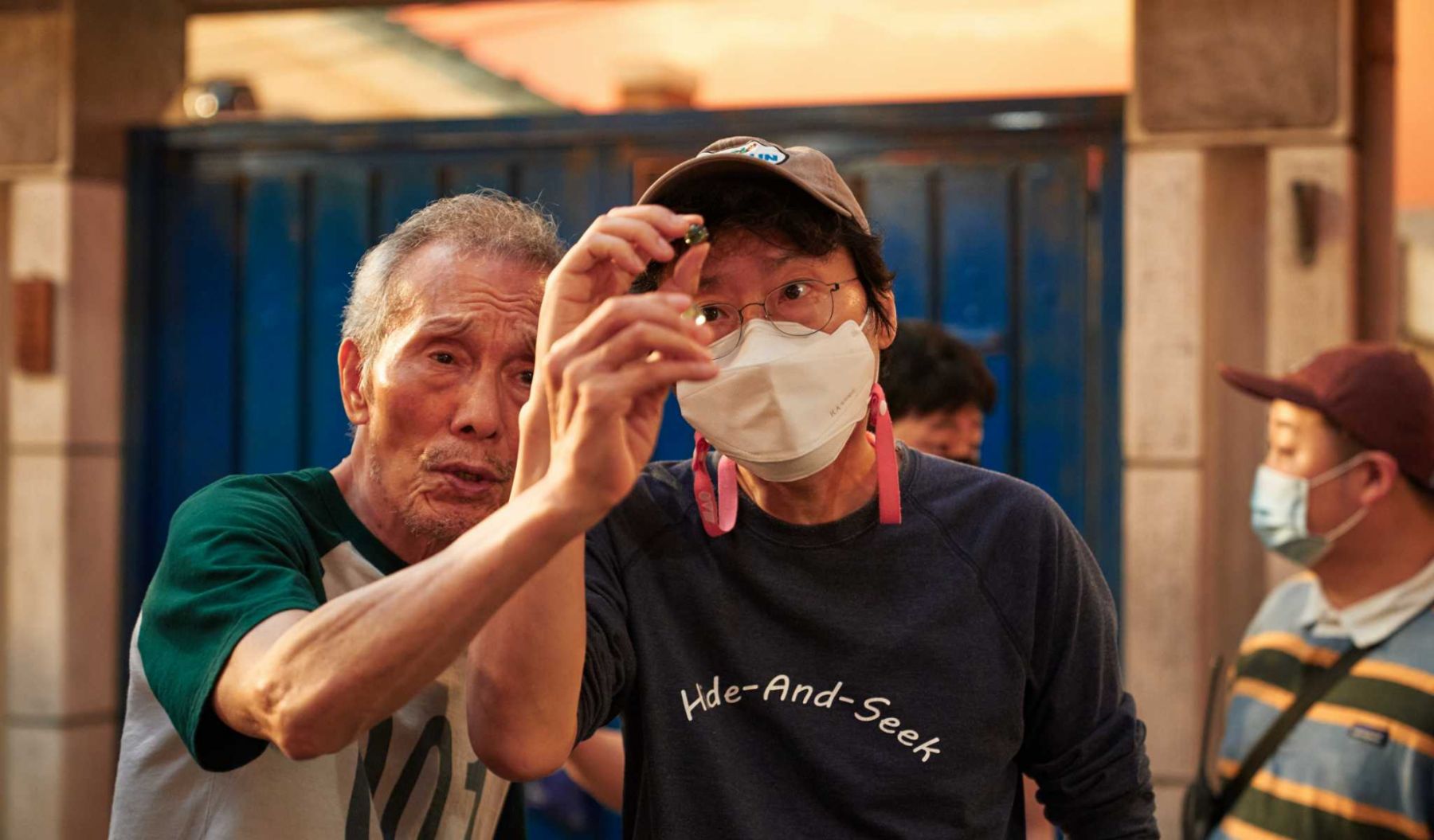Get a closer look at the production and behind the scenes of Netflix's viral hit series, Squid Game, which has taken the world by storm and changed the game for Korean survival-themed shows
Squid Game is taking the world by storm with its thrilling story of desperate people who sign up to play mysterious children’s games in the hopes of winning a large cash prize. While the Korean survival-themed series appears to be enjoying instant success, the road to creating it has been long and difficult for series creator and director Hwang Dong-hyuk. Here’s a behind-the-scenes look at how Squid Game came to life.
See also: Netflix: Squid Game & 6 Other Thrilling Survival-Themed Shows
The beginning

Hwang first conceived the idea and began writing in 2008. "The year 2008 was actually right after my debut. That was a time when I frequented comic book stores. As I was reading a lot of comic books, I thought about creating something like a comic book story in Korea, and I finished the script in 2009," Hwang revealed. As a film director, Hwang originally planned for Squid Game to be a film.
Read more: The Penthouse Hangover: 5 Similar K-Dramas You Should Watch















